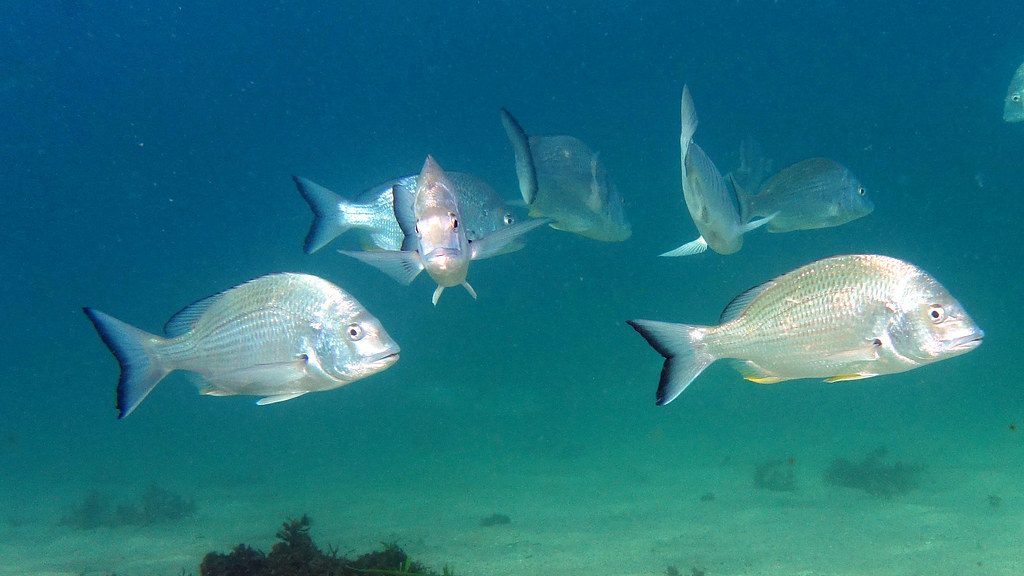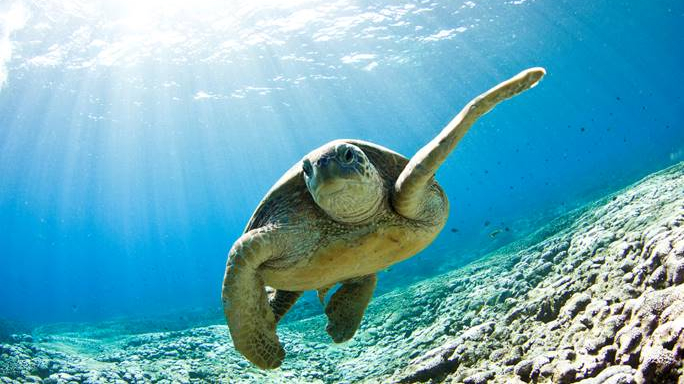
Education
Moreton Bay LIVE uses cutting edge science and computer technology to engage schools, universities and the public with coastal environments to increase understanding of these important ecosystems.

Conservation
By working with local counterparts, and supported by invaluable data on Moreton Bay’s habitats and wildlife including the abundance, behaviour and diversity of turtles, dugongs and fish, MBL will promote positive conservation actions for local marine ecosystems.

Tourism
Moreton Bay LIVE aims to showcase the rich marine life found in Moreton Bay, giving a fisheye view of life beneath the waves. This connection to our Bay creates positive interactions between people and places, enhancing visitor experiences

Locations
MBL cameras are deployed in different habitats around Moreton Bay such as seagrass beds, coral reefs and artificial structures. The mobility of the cameras allows for deployment in different areas as needed.
How does it work?
Deep Learning
Deep learning is a branch of machine learning that comes under the umbrella of Artificial Intelligence.
Deep learning techniques can be used to extract information such as abundance, species identification and behaviour from raw video footage.
Unlike traditional machine learning algorithms, deep learning can process larger volumes of training data, without the need for manual feature extraction. Raw data is used to train the model by selecting the regions of interest without the need for software engineering skills.

Training MBL
Humans manually annotate footage collected from Moreton Bay and identify the species of interest using our FishID platform.
This footage includes a range of environmental variables that are often seen in Moreton Bay, allowing for a robust and accurate model under a varying conditions of water turbidity, haze and lighting hue.
The model then learns from these annotations so it can recognise and count the species when presented with new footage.
Data visualisation
The user-friendly FishID platform allows you to observe the model out-put data.
Features include adjustable confidence thresholds and spatio-temporal filtering for adjusting sensitivity and accuracy, depending on specific needs.
Visualising the computer output is easy with the abundance and species data shown throughout the video time line. Users can jump, and go back and forth to areas of interest and can zoom or increase the resolution of the time line for larger videos
All data can be exported via csv or xlsx files for ease.
Partnering opportunities
For Education, Conservation, Tourism
Whether you’re interested in using MBL data or supporting us in data collection through equipment sponsorship, please contact Professor Rod Connolly to get involved.
Partners
Image Credits
Bream: John Turnbull
Touch Tank: Hrutger
Turtle: Ryan Pearson



